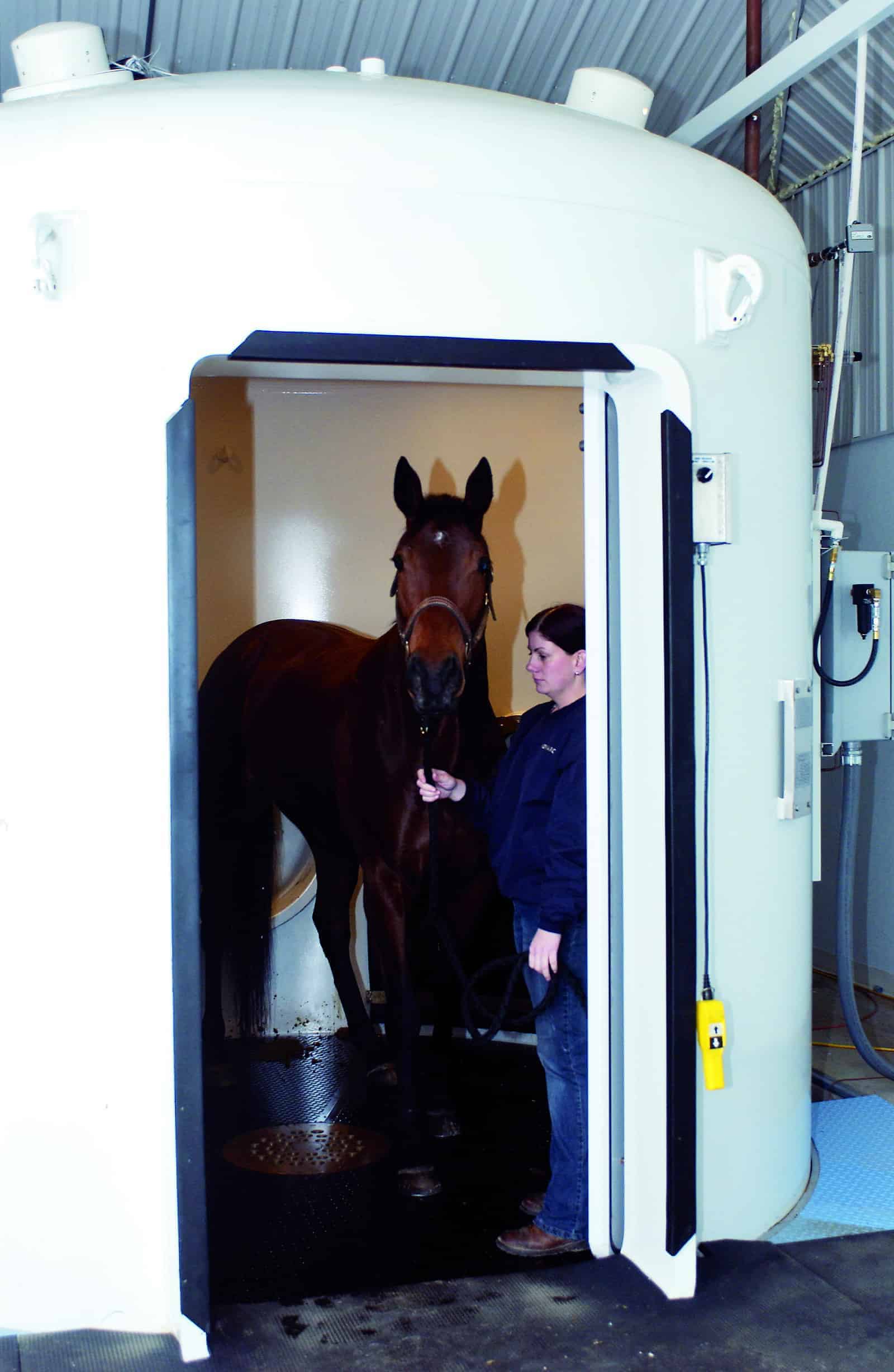Theragun And Typical Massage Therapy: What Are The Key Distinctions?
Theragun And Typical Massage Therapy: What Are The Key Distinctions?
Blog Article
Personnel Writer-Armstrong Shaffer
When making a decision between TheraGun and conventional massage therapy, it's essential to recognize the unique approaches each method takes to target muscle mass stress and promote leisure. The question develops: how do these 2 techniques vary in regards to efficiency and outcomes? By exploring their systems of action, targeted locations, and application strategies, you'll obtain important insights right into which option may best suit your needs for muscle recuperation and overall wellness.
System of Activity
When contrasting TheraGun to standard massage, one key difference hinges on their device of activity. TheraGun uses percussive treatment, a targeted technique that entails quick ruptureds of pressure to the muscles. These quick pulses aid to boost blood flow, launch stress, and boost muscular tissue feature.
On the other hand, standard massage therapy relies on hands-on manipulation of the soft tissues to relax muscles, minimize stress and anxiety, and advertise general wellness.
With TheraGun, the gadget's special style allows for deep tissue treatment without putting excessive stress on the hands or wrists of the therapist. The percussive therapy provided by TheraGun can get to deeper layers of muscle mass tissue more effectively than conventional massage techniques, offering a more extreme and targeted strategy to muscle recuperation and leisure.
While typical massage supplies an extra hands-on and customized experience, TheraGun offers a convenient and efficient way to target particular muscle teams with precision. Both techniques have their own benefits, so selecting in between TheraGun and traditional massage therapy ultimately depends upon private choices and needs.
Targeted Areas
To effectively compare TheraGun to conventional massage in terms of targeted locations, it's vital to consider just how each method deals with particular muscle groups and locations of the body. TheraGun, with its percussive therapy, allows for specific targeting of muscles that may be tough to reach with standard massage therapy techniques. The TheraGun device can be easily steered to focus on certain muscle groups, such as the calf bones, shoulders, or back, offering concentrated alleviation to specific areas of stress or soreness.
On the other hand, typical massage therapy techniques include the therapist using their hands, elbows, or various other body parts to use stress and control muscles. While weblink can additionally target details areas properly, the specialist may encounter limitations within deep muscular tissue tissues or applying constant stress across bigger muscle mass groups.
Inevitably, the targeted areas in TheraGun treatment versus typical massage therapy deal unique benefits. TheraGun offers a more targeted and adjustable method, while traditional massage uses a much more thorough however possibly less targeted method of attending to muscle tension and pain.
Application Methods
Going on to the application techniques of TheraGun and typical massage therapy, the way in which these methods are literally executed plays a significant duty in their effectiveness. what to do for neck pain utilizes a percussive treatment method, where the tool is held versus the targeted muscle mass team, delivering rapid pulses of stress to the area. The customer can control the intensity and duration of the pulses, allowing for customization based on specific needs.
On the other hand, typical massage involves hand-operated manipulation of the soft cells by an experienced therapist. Strategies such as rub, stroking, and applying stress are used to launch tension, boost blood circulation, and advertise relaxation. The specialist can adjust the pressure and motions based upon the client's feedback and details muscle needs.
While TheraGun offers an extra targeted and user-controlled technique, typical massage offers the benefits of human touch and customized adjustments by an experienced professional. Both techniques intend to resolve muscle discomfort and tension, but the option between them inevitably relies on personal preferences and therapeutic goals.
Conclusion
To conclude, the vital distinctions in between TheraGun and traditional massage therapy hinge on their mechanisms of action, targeted areas, and application methods. TheraGun supplies percussive therapy for specific targeting of deep muscular tissue cells, while conventional massage relies upon manual control for total relaxation. Both approaches have their very own distinct benefits, so choosing between them ultimately relies on personal preference and certain needs for muscular tissue relief and leisure.
